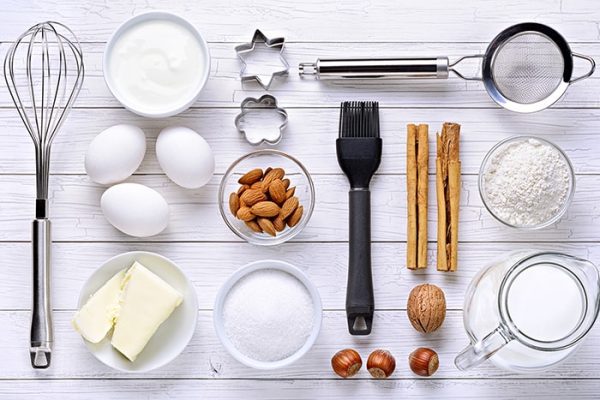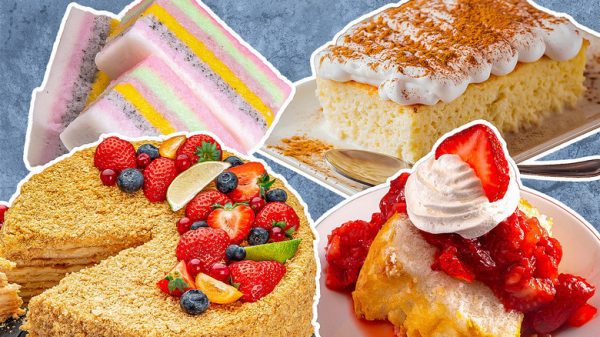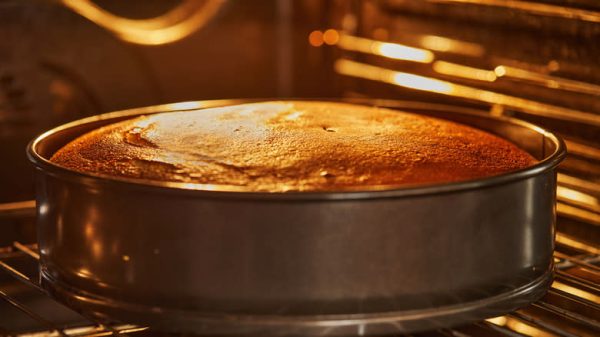
How to Bake Cake
Learning how to bake cake is one of the most rewarding kitchen skills anyone can develop. Whether you’re making it for birthdays, celebrations, or just a sweet treat for yourself, a well-baked cake has the power to bring smiles and satisfy cravings. From mixing the batter to pulling a golden, fluffy sponge from the oven, cake baking is a creative and therapeutic process. This guide breaks down the essential strategies and best practices so you can bake with confidence and consistency—no matter where you are in the world.
1. Understand the Basics of Cake Baking

Before you dive into recipes, it’s important to understand the core elements involved in baking a cake:
a. Flour: Provides structure through gluten development. All-purpose flour works, but cake flour gives a lighter texture.
b. Sugar: Adds sweetness and helps with browning and moisture retention.
c. Eggs: Bind ingredients, add richness, and contribute to structure.
d. Fat (Butter or Oil): Adds moisture and tenderness.
d. Leavening Agents (Baking Powder/Baking Soda): Help the cake rise and become fluffy.
e. Liquid (Milk, Buttermilk, Water): Combines the dry ingredients and adds moisture.
Knowing the role of each ingredient helps you understand how changes can affect the final product.
2. Choose the Right Tools

The skill to bake cake doesn’t require a fancy setup, but having the right tools can make all the difference:
a. Mixing bowls (preferably stainless steel or glass)
b. Measuring cups and spoons
c. Electric mixer or whisk
d. Spatula
e. Cake pans (round or rectangular)
f. Cooling rack
g. Oven thermometer (ovens can lie, no joke!)
As we say back home, “use wetin you get”—just make sure it’s clean and up to the task.
3. Follow the Recipe to the Letter
While cooking allows some flexibility, baking is a science. Precision is key. Always measure ingredients accurately and resist the temptation to “eyeball” quantities unless you’re an experienced baker.
Here are some helpful tips:
a. Read the recipe in full before starting. This ensures you’re prepared and reduces errors.
b. Use room temperature ingredients (unless stated otherwise). They mix more evenly and trap air better for fluffier results.
c. Don’t overmix the batter. Overmixing can develop too much gluten and make the cake tough.
d. Preheat your oven. Cakes need immediate heat to rise properly.
4. Know Your Cake Types

Not all cakes are created equal. Depending on the type of cake you’re making, techniques and ingredient ratios vary.
Common cake types:
a. Sponge Cake: Light and airy, often made with whipped eggs.
b. Butter Cake: Rich and moist, made with creamed butter and sugar.
c. Pound Cake: Dense and buttery, typically using equal parts of flour, butter, sugar, and eggs.
d. Chiffon Cake: Combines elements of sponge and butter cakes, using oil and whipped egg whites.
Understanding the cake style helps you adjust expectations and techniques accordingly.
5. Perfect the Mixing Process

Here’s a general step-by-step mixing process for a classic butter cake:
a. Cream the butter and sugar together until light and fluffy. This traps air for a light texture.
b. Add eggs one at a time, beating well after each.
c. Sift and mix dry ingredients (flour, baking powder, salt) in a separate bowl.
d. Alternate adding dry ingredients and liquid to the butter mixture. Begin and end with the dry mix.
e. Mix until just combined. Scrape down the sides of the bowl to ensure everything is incorporated.
No rush here – “na small-small the food dey sweet.”
6. Properly Prepare and Fill Cake Pans

To prevent sticking and ensure an even bake:
a. Grease and flour your cake pans, or line with parchment paper.
b. Fill pans no more than two-thirds full to allow room for rising.
c. Tap the pan lightly on the counter to release air bubbles.
7. Bake at the Right Temperature

Most cakes bake well at 325°F to 350°F (160°C to 175°C). However, always follow your recipe’s recommendation.
a. Place the pans in the center of the oven.
b. Avoid opening the oven door too early, as this can cause the cake to sink.
c. Check for doneness with a toothpick or cake tester. If it comes out clean or with a few moist crumbs, the cake is done.
8. Cooling and Frosting Like a Pro
Once baked, let the cake cool in the pan for 10-15 minutes, then turn it out onto a wire rack to cool completely before frosting.

For frosting:
a. Make sure the cake is fully cooled to avoid melting your frosting.
b. Use a crumb coat (thin layer of frosting) to trap crumbs, then chill before the final coat.
Common Mistakes to Avoid
i. Too much leavening: Can cause the cake to rise rapidly and collapse.
ii. Cold ingredients: Lead to curdled batter and uneven texture.
iii. Wrong pan size: Affects baking time and cake height.
iv. Overbaking: Results in dry, hard cake.
Stay mindful, and don’t be afraid to try again if something doesn’t turn out perfect the first time.
Frequently Asked Questions (FAQs)
1. Can I substitute oil for butter in cake recipes?
A: Yes, but it changes the texture. Oil makes cakes moister, while butter adds a richer flavor and firmer texture.
2. How do I prevent my cake from sinking in the middle?
A: Avoid opening the oven door too early and make sure your leavening agents are fresh.
3. What’s the difference between baking powder and baking soda?
A: Baking soda needs an acid to activate, while baking powder has both an acid and base. They are not always interchangeable.
4. How long should I mix cake batter?
A: Only until the ingredients are combined. Overmixing can lead to a dense or rubbery cake.
5. Why does my cake crack on top?
A: The oven may be too hot, or the batter was too thick. A cracked top isn’t a disaster—it can be trimmed or covered with frosting.
Conclusion
Mastering how to bake cake isn’t about memorizing one perfect recipe—it’s about understanding the principles behind it. When you learn the “why” behind each step, you gain the freedom to tweak, experiment, and make each cake your own. From choosing ingredients to perfecting your bake, it’s a journey that combines science, creativity, and a whole lot of deliciousness.
So go ahead—preheat that oven, gather your ingredients, and start baking. Because the world could always use more cake.

Leave a Reply